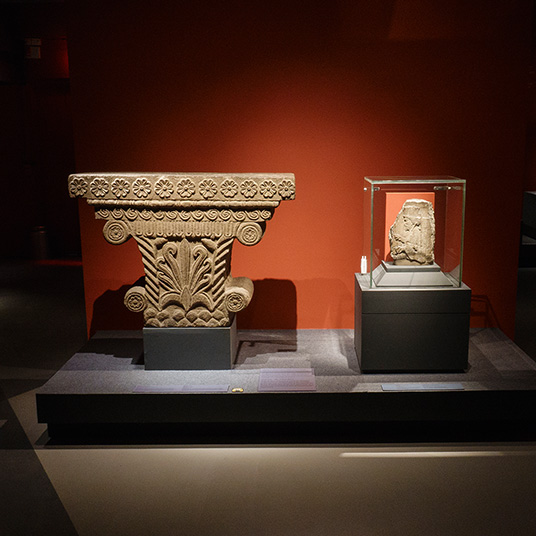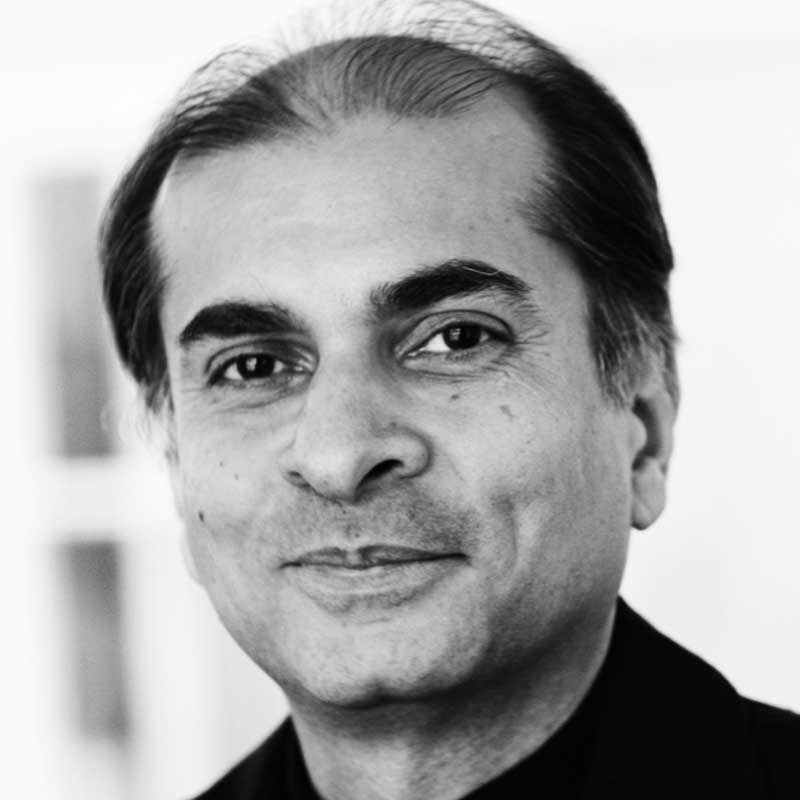
Across the world, the simultaneous assault on factual reality and the mobilization of the historical past serve to create enemies, to instil a sense of threats to ‘our ways’, and to distract us from more urgent matters. Sunil Khilnani, Professor of Politics and Director of King’s College London India Institute; argued that we need to see the past not as a repository of affirmations about our present sense of ourselves, but as offering challenges to our current certainties and self-beliefs. We need, that is, a more complex view of India’s history, as one of contests and confrontations, as well as connections. The central objects in the image on the invite are two architectural fragments that come from the capital cities of two great empires – Pataliputra of the Mauryan Empire and Persepolis of the Achaemenid Persian Empire. Each was made with great skill to impress and emphasise the might of those who commissioned them. They also reveal connections. The pillars of Mauryan palaces combined Persian and Greek motifs with Indian symbols to communicate the message of a cosmopolitan empire.
